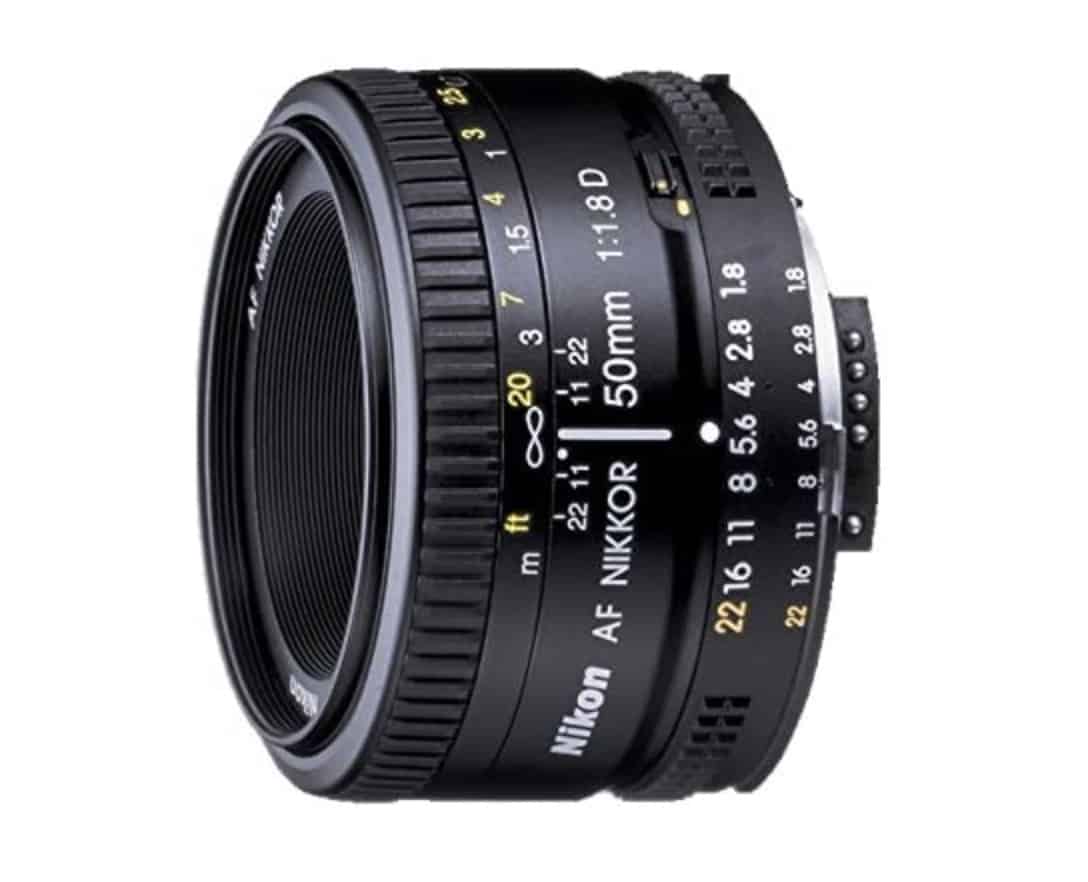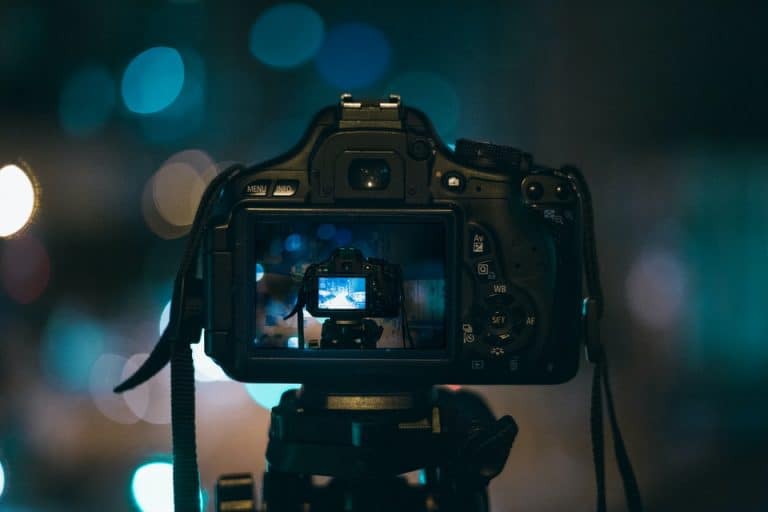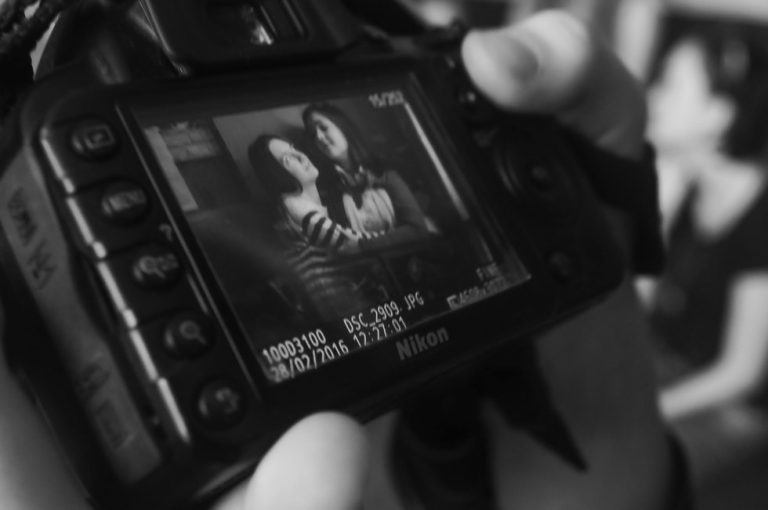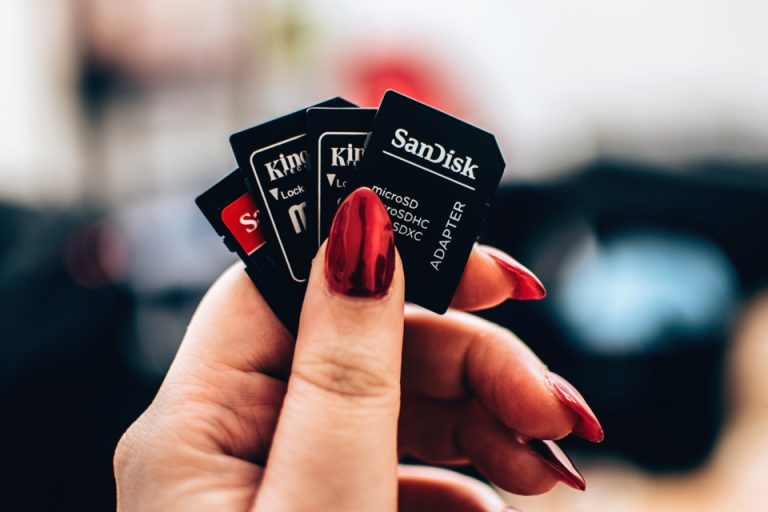Nikon is a popular camera that’s compatible with multiple lenses. A standard DSLR lens is the 50mm Nikon 1.8. There are two variations of these lenses: the D or the G.
The f 1.8 D is the older edition of the 50mm 1.8 Nikon lens, while the G is a newer, more updated version. There are plenty of similarities, including a 1.8 aperture and 50mm focal length. But the G model provides sharper images with faster speeds.
This article will compare the similarities and differences of the Nikon 50mm 1.8D vs 1.8G lenses. We’ll also cover the pros and cons and the key features of both lenses.
What Is the Nikon 50mm f/1.8 D?
The Nikon 50mm 1.8 D is a DSLR lens that was released in 2001. This lens is an affordable solution for photographers looking for a lightweight, versatile lens. Whether you’re shooting indoors or outdoors, the 50mm Nikon 1.8D can provide sharp, clear images in bright light or dim.

Key Features
A few key features of the Nikon 50mm 1.8 for Nikon that make it an ideal lens include:
- Focal length – 50mm
- Angle of view – 31°
- Focus distance – 1.5 ft
- Optimum reproduction ratio – 15
What We Like
The thing I like most about the older model of the Nikon 50mm f 1.8D is the smaller size and weight. At 1.5″ long by 2.5″ diameter and 5.5 ounces, this lens doesn’t add much bulk to your hand.
This full-coverage FX lens has a close focus distance range of 1.5 feet and shoots as low as f/22. It has quick auto focus capabilities from 6 feet to infinity, although AF doesn’t work with the D40 or D40x.
The Nikon 50mm f 1.8D creates a natural bokeh – blurred edges around the photo. And the quick speed of the aperture means you can shoot in low light conditions without sacrificing image quality.
And you can use the focus ring to adjust your shots in Live View manually, so you don’t lose the light while you’re fiddling with camera settings.
[amazon box=”B00005LEN4″ template=”horizontal”]
What We Don’t Like
One of the most significant issues with the Nikon 50mm f 1.8D is that it is loud during operation. If you’re shooting a wedding or nature scenes, the sound may be a rude interruption that ruins the shot. This noise is due to the seven straight diaphragm blades.
Another issue with the Nikon 50mm 1.8D is that it’s mostly plastic construction, which means it’s easier to damage. It also does not stand up well to foul weather, so you may not get to use this lens outdoors if it’s wet.
Pros
The 50mm f 1.8D has a wide open aperture and a shallow field of depth so that you can capture a range of shots. It has a quick shutter speed, which means you never miss a shot.
And these lenses operate in various lighting conditions without the need for a flash. The lens has a multilayer Super Integrated Coating that reduces flare while improving contrast and capturing color accuracy.
Cons
The biggest con of these lenses is that the aperture blades are noisy. It can be difficult to blend into the background and stay silent when you can hear the camera clicking each time you take a picture.
Another drawback is that it is not compatible with all Nikon cameras. It only works with cameras that have a focus motor. Cameras that DO NOT work with the 50mm 1.8D include:
- Nikon D40, D60, D70, D80 (It will work with the D90)
- Nikon D5500, D5300, D5100, D5000, and earlier models
- Any model before D3300, including D3200, D3100, and D3000
What Is the Nikon 50mm f/1.8 G?

The Nikon 50mm f/1.8G is the updated version of the 50mm f 1.8D, released in 2011. As with most updates, this lens comes with upgraded features that make it the preferred choice of fixed portrait lens for Nikon users.
Key Features
Key features of the Nikon 50mm f 1.8 G are:
- Silent wave motor Autofocus
- Rounded aperture blades
- Angle of view – 47°
- Reversible lens hood
- Rounded blades
What We Like
This updated lens has plenty of upgrades that make it the better choice of lens. That’s if you’re willing to part with the larger price tag this lens carries.
The f 1.8 aperture makes this camera great for low-light photo shoots. Many users found the 50mm f 1.8G to provide better sharpness and contrast in less light.
This model also creates a unique bokeh look, while the shallow depth of fie
ld makes it easier to focus on your subject rather than the background.
Another upgrade of this model is that it contains seven optical elements in six groups, including an aspherical element, not offered in any other Nikon 50mm lens. This lens can work as FX or 35mm formats with a maximum angle of view of 31° in DX format or 47° in FX-format.
This lens does have a quieter operation compared to the more noisy D due to the silent wave motor (AF-S). This auto focus motor also lets this lens work on entry-level Nikon DSLR cameras. There’s even a manual focus override that you can use during Nikon AF.
[amazon box=”B004Y1AYAC” template=”horizontal”]
What We Don’t Like
So what are the things we don’t like about the 50mm f 1.8G? Well, first there’s the higher cost. Since the G is the newer model, you can expect to pay more for it than a D.
The other issue we found with the 50mm f 1.8G is that it’s larger than the D. This lens has a 2.8″ length, a 2.1″ diameter, and a 6.6-ounce weight. This bulk may make it complicated for some users to control the settings while holding the camera.
Pros
The biggest pro of this lens is that it gives you a broader view of 47° than the 31.5° of the D.
And although both the D and the G have seven aperture blades, the G uses a rounded blade design that creates a stronger bokeh look.
The silent focus motor means you get quiet operation and a faster focus compatible with most Nikon cameras, regardless of if they have a built-in focus motor.
Cons
The biggest con of this lens is that it’s almost double the price of the D. If money will play a role in your selection, you may prefer the more budget-friendly D model. The advantages of the G may not be worth the extra cost for most photographers.
The second downfall of the G is the bigger size. It has a heavier weight and more meat than the D, which could be a problem for photographers with small hands.
What Is the Same in Both Lenses?
Both the f 1.8D and the f 1.8G have a maximum focal length of 50mm. They also have a 1x optical zoom and 0.15x magnification.
Another similarity between the two lenses is an f 1.8 wide aperture, which provides a faster shutter speed and a more shallow depth of field. And both have seven aperture blades with a 1.8f aperture at the max focal length.
Each lens has a built-in motor that helps with auto focus and a full-time manual focus, allowing you to move the focus while using auto focus mode.
Head-to-Head Comparison
Comparing the 50mm f 1.8 D and 50mm f 1.8F head to head makes it easier to understand the two models’ differences. Here are a few crucial comparisons between these two lenses.
Focus Speed
When it comes to focusing speed, both f 1.8 lenses can capture quick shots. However, many users feel the G outshines the D slightly in terms of speed.
Weight
In terms of weight, the f 1.8D is a few ounces lighter than the f 1.8G. However, this weight difference is not so drastic that it would make a huge difference in your performance.
Build Quality
The f 1.8G is solid, durable plastic with a metal mount that attaches to your camera. A unique feature is the rubber gasket around the lens mount, which keeps your lens clear of dust. The filter size for this lens is 58mm.
The f 1.8D model is also plastic, but it’s more compact. This lens comes with an aperture focus ring attached, which is missing on the G. However, the D doesn’t have a gasket ring to protect your lens. Unfortunately, the filter size is 52 mm.
Ergonomics
Both the D and G have a traditional barrel shape design. But the G is longer, wider, and heavier, making it the bigger lens of the two. On the other hand, f 1.8D has a smaller, thinner design.
Sharpness
Both lenses create sharp, clear pictures with a slight bokeh effect. But the f 1.8G produces sharper images, particularly in low lighting conditions.
Cost
A Nikon 50mm f 1.8G lens will run you $219.95 straight from Nikon, while the f 1.8D will cost $134.95. The f 1.8D is the cheaper of the two.
Which Lens Should You Buy?
Many photographers can get excellent shots with the cheaper f 1.8D. If your camera does not have a focus motor, you would want to spend a bit more on the f 1.8G. The f 1.8G will also produce sharper images.
Conclusion
Nikon produces two fast, wide-aperture lenses that are nearly identical. The f 1.8D vs. the f 1.8G are two prime lenses that can attach to your Nikon camera for various photoshoots. Ideal in all lighting conditions, it’s hard to decide which lens to choose.







